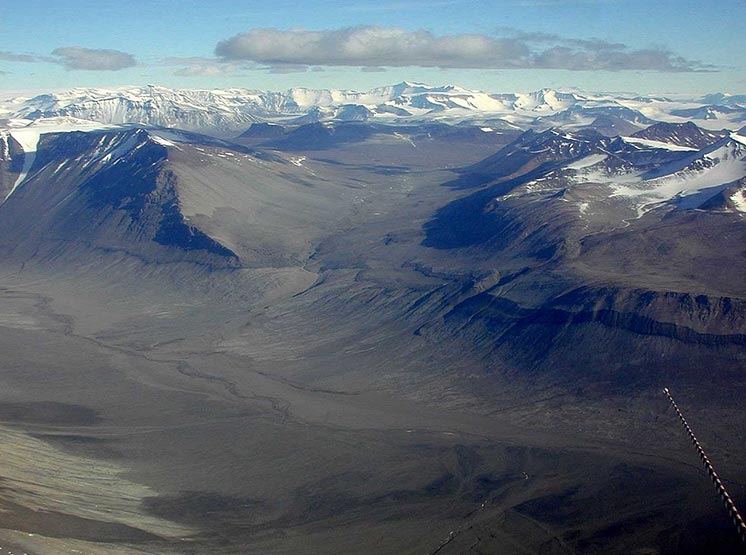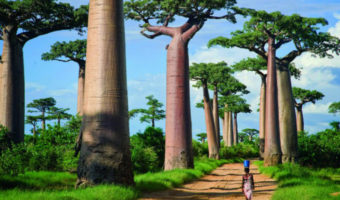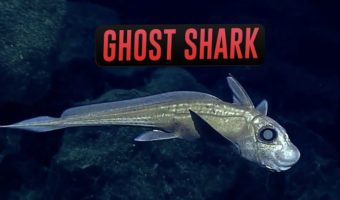There’s a Place on Earth that Has a Terrestrial Environment Similar to Mars
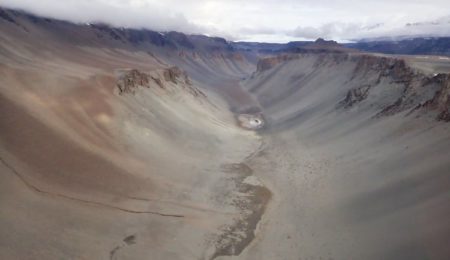
There exist interesting places on Earth that could surprise a normal human being. One such place is in Antarctica, which hasn’t received rain for over two million years. It has a surface area of approximately 4,800 square kilometers (1,850 square miles) of deglaciated mountainous desert. It consists of frozen lakes and extensive areas of exposed soil that display minimal requirements for supporting life. This region is known as “McMurdo Dry Valleys.â€
McMurdo Dry Valleys region is considered to be one of the world’s most extreme deserts.
The McMurdo Dry Valleys region of Antarctica is a row of valleys constituting three large valleys: Taylor Valley, Wright Valley, and Victoria Valley. It is considered one of the world’s most extreme deserts. The average temperature ranges between -15 °C and -30 °C.
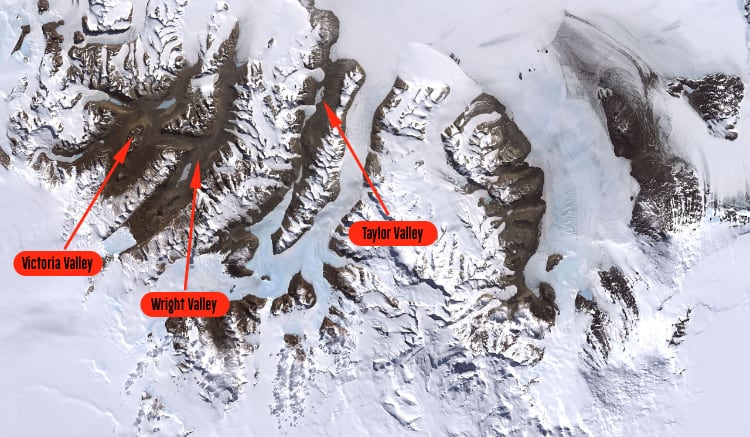
This place comes under that 1% of the continent that is not covered by ice. Instead, it has coarse mountains with their rock carved due to high-speed winds. This condition makes the dry valleys one of the most interesting places to study on Earth.
McMurdo is not a “valley of death” but instead home to stress-tolerant species.
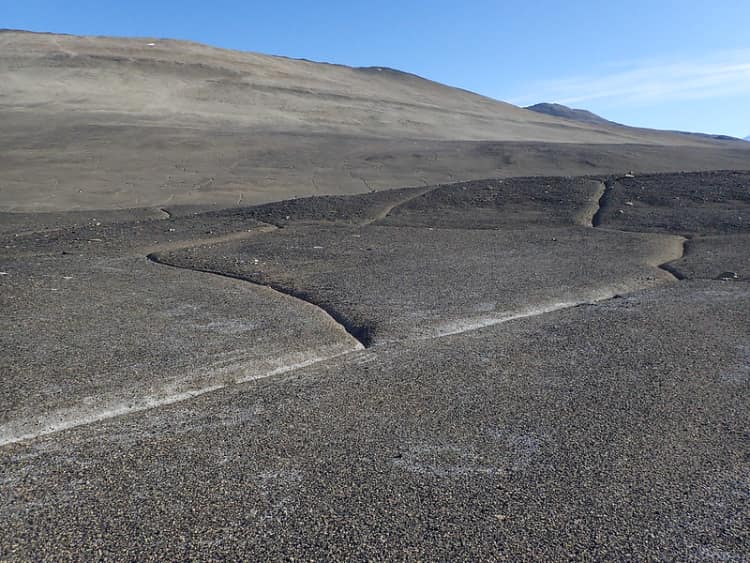
Explorer Robert Scott first discovered these valleys in 1903. He called it a “valley of death” as he believed this place to be devoid of any life. Of course, after the scientists arrived, Scott was proven wrong. A large variety of aquatic ecosystems were discovered thriving in these harsh climatic conditions of the dry valleys. It is mainly due to glacier melting and forming streams that flow into the ice-covered lakes. Certain varieties of organisms are also found in these ecosystems that can survive without what we would consider proper oxygen and sunlight. These organisms are called “cyanobacteria” and are known to be stress-tolerant species. It is being observed that similar kinds of species may exist in the Martian climate as well.
McMurdo Dry Valleys of Antarctica have terrestrial conditions more similar to Mars than that of Earth.
This region is called the “Dry Valley” because it has extremely low temperatures, low humidity, salt accumulation, and a lack of snow cover. This area is prone to strong and dry winds. It is due to the positioning of the Transantarctic Mountain Range, which forces air to flow upwards at a speed of 320 km/hour. During snowfall, the moisture in the snow is blown away due to these dry winds. That is why scientists consider the environment in these valleys analogous to the terrestrial environment of Mars and places like Enceladus, one of Saturn’s moons, or Europa, one of Jupiter’s moons.
McMurdo Dry Valleys are used as equipment testing grounds by NASA.
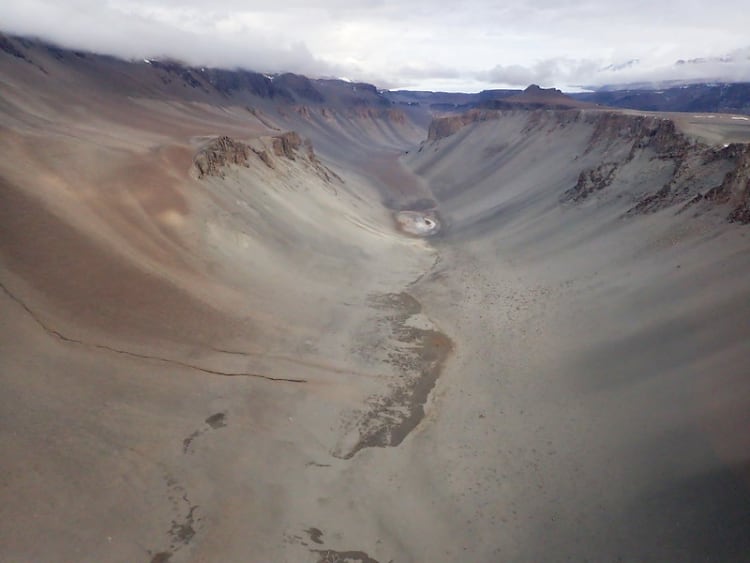
The primary goal of scientists from different parts of the world is to test the soil chemistry, microbiology, mineralogy, and climatic conditions that are similar to the Martian atmosphere. So far, the results have been quite analogous. That is why NASA uses Dry Valleys as the testing ground for the equipment supposed to be sent to Mars. A popular example is the Viking Robot which was first tested in this region before being successfully sent to Mars.
McMurdo is also home to Blood Falls, one of the most mysterious waterfalls on Earth.
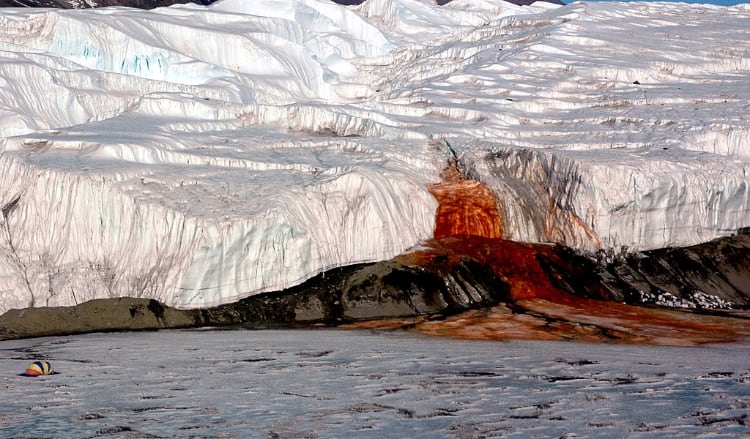
The most intriguing falls of this region, which has almost been an obsession for most scientists, is the Blood Falls in the Taylor Glaciers. It got its name due to the reddish deposition. The reason behind its red crust is the high content of iron in the water. Iron, upon reaction with oxygen, forms iron oxide, giving the water a crimson shade. Another interesting thing is it is a flowing stream of water despite temperatures up to -50 °C. This is because of the excessive salt content, which is twice the salt levels of Earth’s seawater. The team of NatGeo Explorers conducted a project called SkyTEM in which they flew a massive electromagnetic sensor over the area. This revealed the existence of an expansive groundwater system. Scientists believe that on Mars as well, there could be a deep groundwater system.
There are some other interesting facts about McMurdo Dry Valleys:
1 The presence of mummified seals in the dry valley region is a mystery yet to be unraveled.
The presence of mummified seals, usually crabeater and Weddell seals, have been found up to 40 miles away from the sea at an altitude of up to 5,000 feet. These corpses are believed to be 100 to 2,600 years old. A few carcasses of penguins are also found in this area. How they ended up in the Dry Valleys is still a mystery to be unraveled. However, scientists believe that seals are not good at navigation. During storms, they might have walked their way into this valley region and ended up dying. On the other hand, they also believe that fewer carcasses of penguins are because of the fact that penguins are good at navigation. Some believe that fewer penguin carcasses might be due to the possibility of them being eroded by high-speed winds in the region.
2 McMurdo Dry Valleys have the longest river in Antarctica, but it only flows 60 days a year.
The Onyx River is a meltwater stream that is the longest river in Antarctica, at a length of around 30km. pic.twitter.com/AcLfo2RqYo
— Cameron WaterCoolers (@CameronWaterLtd) April 8, 2020
Dry Valleys of Antarctica also feature the Onyx River. It is an Antarctic meltwater stream that flows westward through the Wright Valley area in the Dry Valley region. This river is the longest river of the Antarctica continent, with a length of 32 kilometers. This river flows only for around 60 days a year during the Antarctic summers. In summer, the rise in temperature results in the meltdown of the glacier ice.
3 The presence of 20 permanent ponds and lakes in the dry valley is another counter-finding despite the environmental conditions.
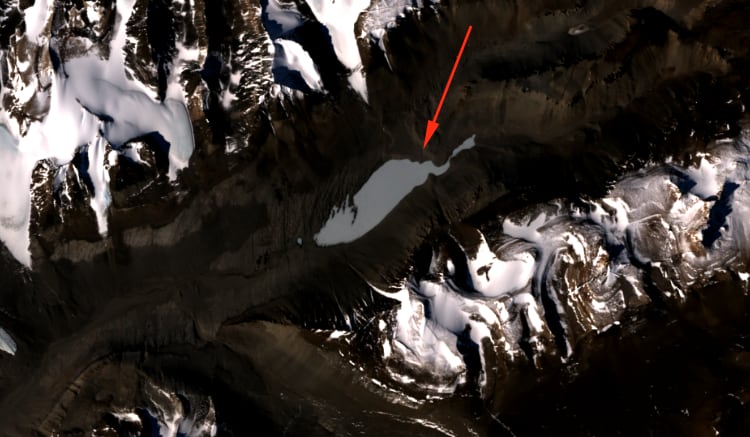
A series of more than 20 permanent lakes and ponds have been discovered. These water bodies are extremely saline, which prevents them from freezing even at such frigid temperatures. However, there are small lake bodies that freeze right down to the bottom during winter. At the same time, there are lakes like Lake Vanda, with a length of five kilometers and a depth of 69 meters. These lakes usually get most of their water from nearby glaciers. Recently, scientists have discovered a series of interconnected underground lakes that opens the window to an entirely different aquatic ecosystem underground.














